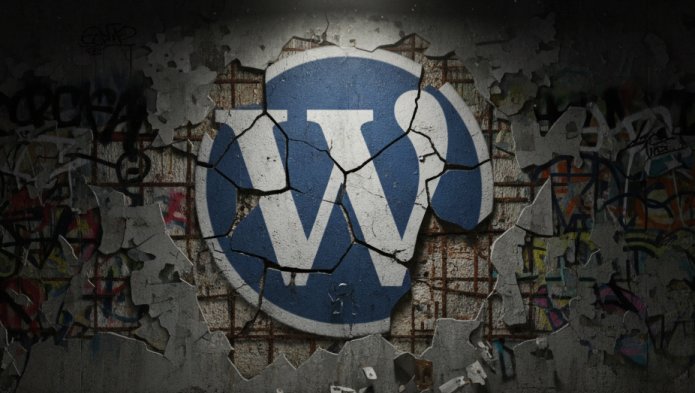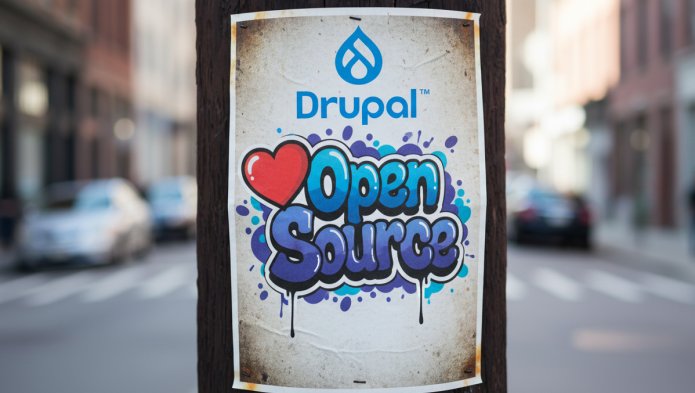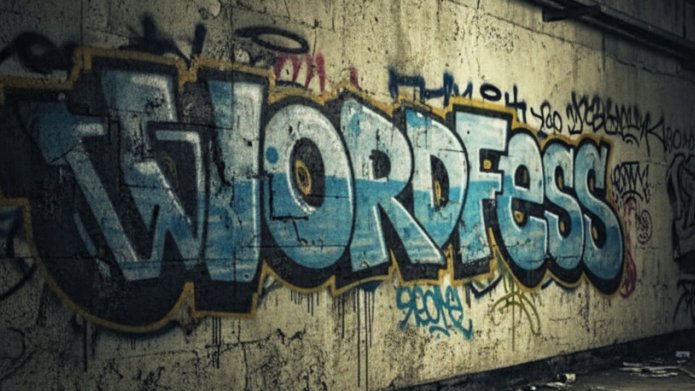In July 2025, Web Designer Depot published an article titled “The Slow Implosion of WordPress 2025 and the CMS That’s Losing Its Soul” (Web Designer Depot, July 2025). The piece resonated with me, not just because it highlights the turbulence around WordPress, but because it underscores something deeper: what happens when a project born in the open source ethos starts drifting away from its roots.
A snapshot of WordPress today
The article traces the journey of WordPress from its golden years as the CMS that democratized publishing to its current state, marked by uncertainty. Among the main issues highlighted:
- Complexity and fragmentation: initiatives like Gutenberg and full site editing, while ambitious, have often alienated developers and users rather than empowering them.
- A marketplace saturated by monetization: the plugin and theme ecosystem, once a vibrant showcase of community creativity, now feels driven primarily by profit.
- Developer frustration: constant API shifts and unclear roadmaps make it harder for professionals to build sustainable projects.
- Corporate drift: Automattic’s growing influence blurs the line between community-driven innovation and centralized decision-making.
The conclusion is stark: WordPress isn’t “dead,” but it is decaying. Its soul—the spirit of open collaboration and shared ownership—seems to be slipping away.

Why this matters for the web
This isn’t just about one CMS losing ground. It’s about what we want the web to look like. A healthy open source ecosystem is built on trust, transparency, and sustainability. When those principles erode, users, developers, and ultimately clients lose out.
As we wrote in our previous blog post comparing WordPress and Drupal, the choice of a CMS isn’t just about features or cost. It’s about governance, vision, and the ability to guarantee long-term stability.
Drupal and the strength of real open source
Drupal isn’t perfect—it evolves, sometimes painfully—but it has consistently demonstrated one crucial strength: community governance. Decisions are debated in the open, contributions come from agencies, freelancers, and organizations worldwide, and no single company dictates the project’s future.
Some of the elements that keep Drupal resilient include:
- A clear, transparent roadmap guided by the Drupal Association and the community.
- Robust backwards compatibility policies that prioritize stability.
- A strong culture of contribution, where agencies like WebstanZ are not just consumers but active participants.
- Focus on accessibility, security, and sustainability, not just short-term market trends.
In other words, Drupal’s value doesn’t lie only in its technical features, but in its governance model. It’s not just open source in license—it’s open source in spirit.

Looking ahead
The challenges highlighted in the Web Designer Depot article remind us of what’s at stake. If WordPress drifts further from its roots, forks, fragmentation, and user disillusionment may follow. For organizations making strategic choices today, this is a call to look beyond popularity rankings and to consider which CMS truly embodies resilience, transparency, and sustainability.
At WebstanZ, we’ve seen firsthand how Drupal provides a stable foundation for ambitious, long-term projects. It’s not about declaring “Drupal wins” and “WordPress loses.” It’s about reminding ourselves why open source matters—and why the web needs projects that stay true to that vision.
KEY POINTS TO KEEP IN MIND
- WordPress is currently experiencing a period of uncertainty: developments (such as Gutenberg), increasing complexity, and fragmentation are causing disruption for users and developers.
- The ecosystem is increasingly dominated by monetization: themes, plugins, and third-party services seem to be driven more by profit than by free or community-driven innovation.
- The open source core of WordPress—transparent governance, shared contribution, long-term vision—seems to be crumbling, giving way to centralized decision-making and potential disappointment.
- On the other hand, Drupal is held up as a model of resilience, thanks to its open governance, clear roadmap, strong backward compatibility, and strong culture of contribution.
- For strategic businesses or projects, the choice of a CMS should not be based solely on popularity, cost, or immediate functionality, but also on sustainability, transparency, and community spirit.



